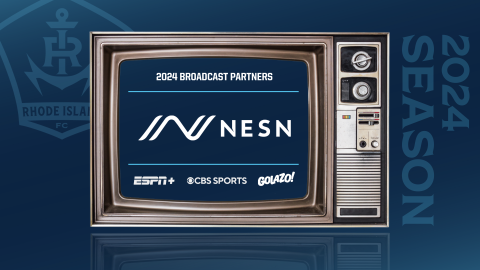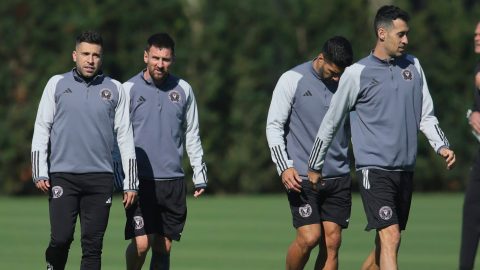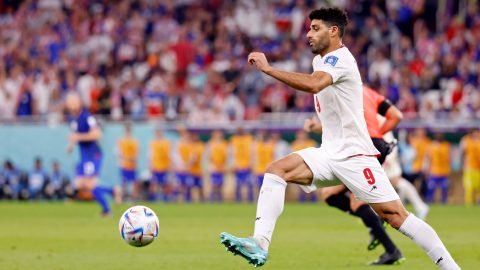Jurgen Klinsmann laid down the marker Wednesday.
Klinsmann, the head coach of the U.S. men’s national soccer team, aims to lead Team USA to the semifinal of the 2018 FIFA World Cup in Russia. Klinsmann’s target sounds good on Television. It might even look good on paper. It’ll certainly generate buzz.
But get real, coach.
Team USA isn’t at that level now, and it won’t be there four years from now. It’s a fine target, but no one should expect the United States to hit it. That is, unless the U.S. government immediately changes its immigration laws and FIFA changes its eligibility laws beyond recognition.
Klinsmann’s pre-tournament claim that the United States couldn’t win the 2014 World Cup was met with cries of disbelief from the uninitiated.
We, on the other hand, wholeheartedly agreed with him and extend the same reasoning for doing so four years into the future. The World Cup is considered to be the highest level of competition the sport has to offer, and players who are in the prime of their careers have the greatest impact in deciding wins, losses and draws.
The players in the United States’ pool who currently are age 21 through 27 likely will form the nucleus of Klinsmann’s World Cup team in 2018. There are some good ones — Jozy Altidore, Fabian Johnson, Matt Besler, Omar Gonzalez, DeAndre Yedlin and Michael Bradley among others — but none compete at the highest level of the club game, the UEFA Champions League, and they aren’t going to play important roles at Champions League clubs in the next four years. The United States simply hasn’t produced enough (any) players of that standard in recent years.
Some talented young Americans — Joe Gyau and Julian Green come to mind — might reach that level in the coming years, but they’ll lack the experience to impose themselves on older, more battle-hardened opponents when the games begin in Russia.
The U.S. men’s national team needs its players to compete in environments where they are expected to win every week. Europe’s super-clubs, which, by no coincidence pay the highest salaries, are full of players who fought to reach that level and are willing to do even more to stay there. A flood of Americans won’t wash through these teams anytime soon.
A good starting point for American players are the biggest clubs in Europe’s so-called “minor” leagues — the Netherlands, Belgium, Scotland, Russia, Portugal and Turkey. Title-contending teams in these countries compete in the Champions League and often sell their best players to the super-clubs.
Major League Soccer is an even better place to instill a winning culture, but the link between winning and financial gain — for clubs and individual players — currently isn’t strong enough to compel all involved to maximize their potential. There also isn’t enough scrutiny from the sporting public to fast-track the necessary changes.
Support for Team USA flared to the heavens this summer, and the rallying cry Klinsmann issued Wednesday is bound to stoke it. There’s nothing wrong with setting lofty goals, but it’s also important to keep things in perspective.
The United States will have the same goal in the 2018 World Cup that it had in 2010, 2006 and 2002: progress out of the group and try to win the next game … then the next game … then the next game.
The United States would star in one of the great sports fairytales to reach the semifinal of any World Cup in the modern era (post-1950). That’s the domain of soccer’s big boys. It will change one day — perhaps in a multipolar soccer world — but 2018 will come too soon. How does 2022 sound?



